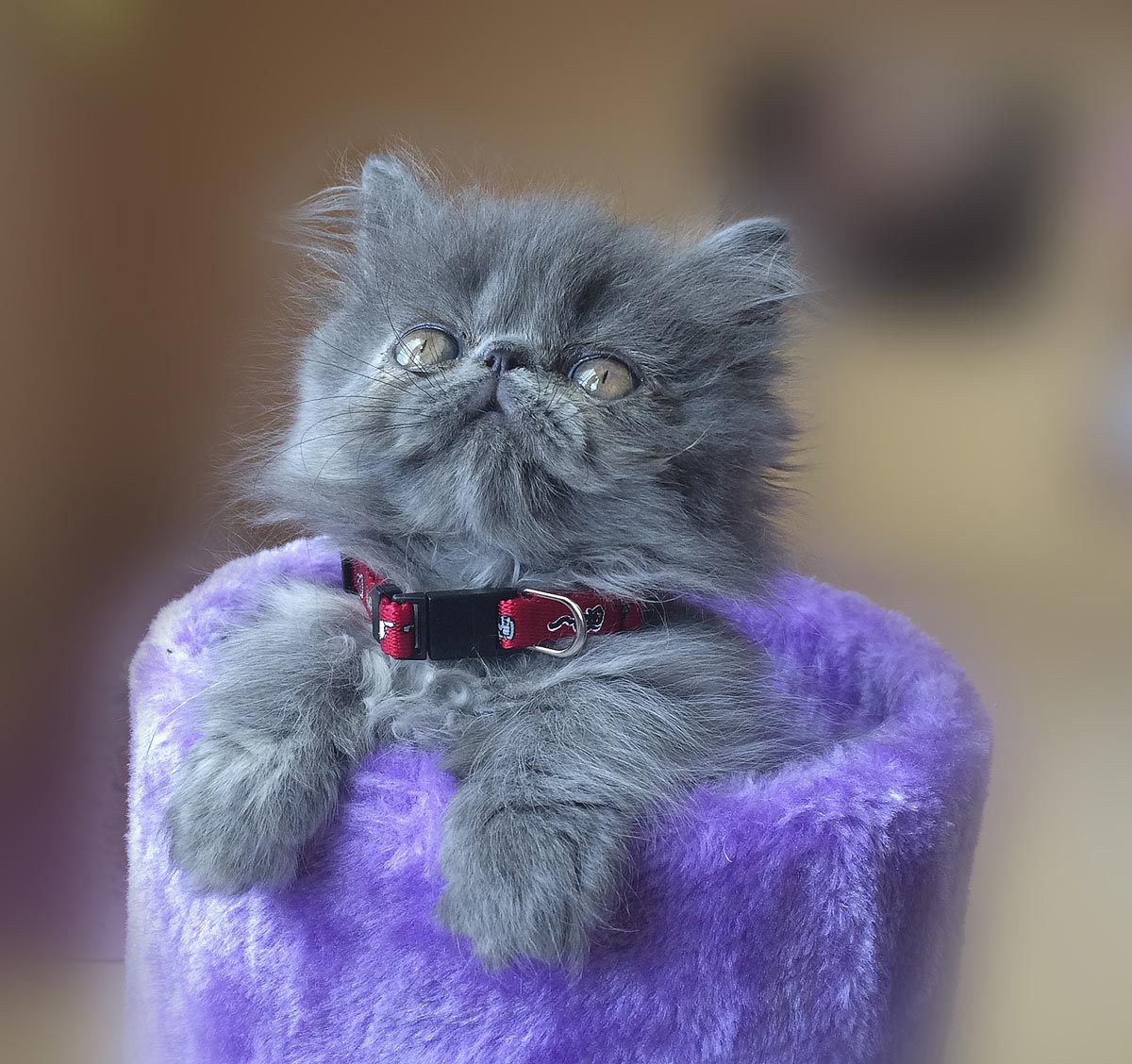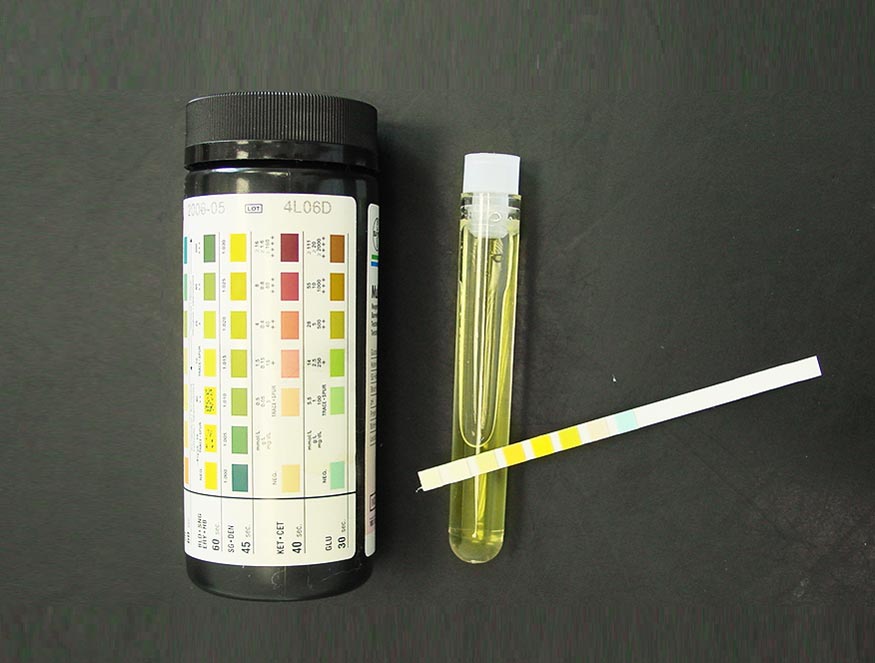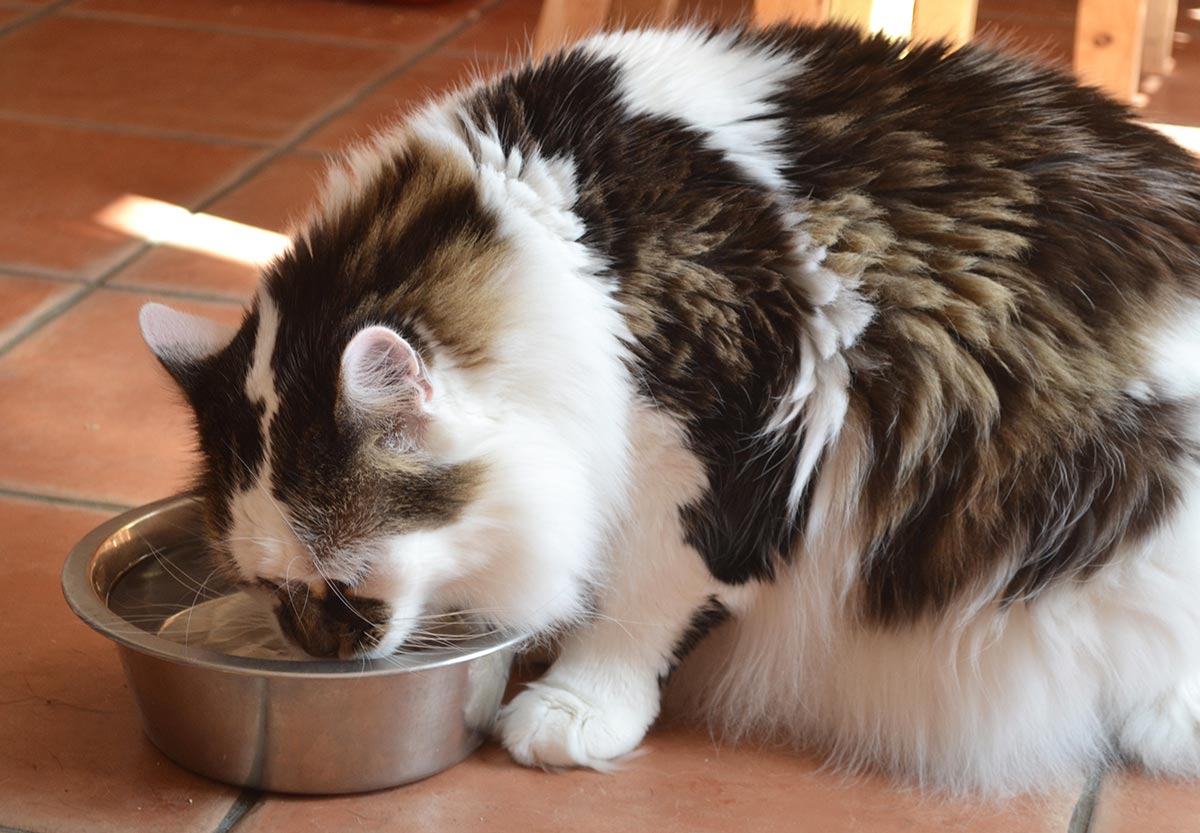12 Dec 2017
Cat kidney disease: management techniques
RVN Emma Gerrard spotlights a common practice case and how VNs can help manage the condition.

IMAGE: BennyMarty/Adobe Stock.
Kidney disease in cats is a condition commonly seen in veterinary practice. Early diagnosis and monitoring is key in slowing disease progression and improving quality of life. The disease lends itself to VN involvement, with regular monitoring, as well as management of home care protocols and owner compliance. This article aims to discuss the physiology, presentation and management of kidney disease in cats.
- Reviewed by Hannah Barfoot BVMedSci(Hons), BVM, BVS, MRCVS
The kidneys can be described as “bean-shaped” organs found in the retroperitoneum close to the body wall, with the right kidney positioned more cranially than the left.
A kidney is surrounded by a capsule and consists of three main areas:
- outer cortex
- inner medulla
- renal pelvis
The nephron is the functional unit of the kidney – it comprises a vascular plexus, known as the glomerulus, which is surrounded by the Bowman’s capsule. The renal arteries take blood with waste products to the kidneys to be filtered via the convoluted tubules. These tubules join together to form the ureter, which, in turn, transports urine to the bladder. The renal veins then return the filtered blood to be circulated around the body.
Healthy kidneys are vital for normal bodily functions. Their important roles include:
- Production and activation of a range of hormones, such as erythropoietin – a hormone that stimulates production of red blood cells by bone marrow. It also controls the renin-angiotensin-aldosterone system.
- Excretion of waste products.
- Maintaining normal blood pressure.
- Regulating normal body water content.
- Regulating blood salt levels – for example, sodium, potassium, calcium and phosphate.
- Regulating the acid balance of the body.
Kidney disease
Renal disease is most commonly seen in older animals, and its causes can be categorised as “congenital” or “acquired”. Polycystic kidney disease is a congenital form typically seen in Persian cats, for example, while acquired conditions can include nephrotoxins, inflammatory, infectious, trauma, neoplasia and degenerative change.

Renal disease can be sub-divided into two forms: acute kidney disease (AKD) and chronic kidney disease (CKD). In AKD, a sudden failure of the kidneys to perform normal filtration function occurs. With kidneys reliant on an efficient blood supply, anything that interferes with this will damage the kidney, either temporarily or permanently; this is known as ischaemic damage.
CKD is a common diagnosis in cats presented to first opinion practices, while renal disease is the most common cause of mortality in cats cats aged above five (O’Neill et al, 2015). It can be described as a slow, progressive, irreversible deterioration of renal function – with age, the renal nephrons are replaced with fibrous connective tissue that cannot perform normally.
Clinical signs of renal failure develop when 75% of the total number of nephrons fail to function properly. Functioning nephrons then compensate, masking the developing symptoms.
As a result, a build-up of abnormally high levels of nitrogen-containing compounds occurs, such as urea, creatinine and other waste products in the blood. Known as azotaemia, this is largely related to insufficient or dysfunctional filtering of blood by the kidneys.
Renal azotaemia
Three different types of renal azotaemia exist:
- Pre-renal: caused by a decrease in glomerular filtration rate (GFR) from circulatory disturbances, leading to reduced renal perfusion – for example, hypovolaemia, cardiac disease and renal vasoconstriction.
- Renal: resulting from decreased GFR when more than 75% of the nephrons are non-functional. It may be due to primary intrinsic renal disease or secondary to renal ischemia from pre-renal causes.
- Post-renal: due to obstruction (urolithiasis) or rupture (uroabdomen) of urinary outflow tracts.
Differentiation of the causes of azotaemia requires urinalysis – especially urine specific gravity (USG) – as well as evaluation of clinical signs and results of other diagnostic tests.
Following the International Renal Interest Society (IRIS) classification scheme, CKD severity is classified according to the degree of elevation of serum creatinine, blood pressure and proteinuria.
After diagnosis, the aim of the management of renal disease is to stabilise its effects, alleviate clinical signs and reduce further deterioration. Diagnosis and management strategies should include screening of blood and urine, blood pressure monitoring, and bodyweight and condition scoring.
Recommended treatment of CKD includes feeding a diet restricted in protein and phosphorous, with additional management possibly including antihypertensives and phosphate binders.
IRIS staging
IRIS was formed in 1998, with the aim of developing a staging system for CKD in dogs and cats. This was intended to facilitate communication about the diagnosis and management of renal disease. It is based on fasting blood creatinine levels and is sub-staged based on proteinuria and blood pressure.
Staging of CKD should be undertaken following initial diagnosis to tailor an appropriate treatment and monitoring plan.
Symmetric dimethylarginine
Symmetric dimethylarginine (SDMA) is a renal biomarker specific to kidney function that has proven to be a more sensitive indicator than creatinine – enabling earlier detection of CKD (Nabity et al, 2015). It is a methylated form of the amino acid arginine, which is released into the circulation during protein degradation and excreted by the kidneys.
SDMA should be run alongside creatinine, blood urea nitrogen and urinalysis to aid diagnosis. IRIS added SDMA to its staging guidelines for chronic renal disease in 2015.
Urine
Urinalysis is an important assessment in cats, with USG being measured using a refractometer. In general, most proteins are too large to pass through the kidneys into urine. However, in the case of kidney disease, the glomeruli are damaged, which causes leaks.
The persistent proteinuria with inactive urine sediment is a likely marker of CKD (Figure 1; Lees et al, 2005). Proteinuria is a general term that describes the presence of any type of protein in the urine, such as albumin and/or globulins.

Proteinuria of renal origin results from either a loss of selective glomerular filtration, resulting in an increased amount of plasma protein in the filtrate, or an impaired resorption of the filtered protein. Urine protein:creatinine (UPC) ratio should be used to provide a quantitative measurement.
Blood pressure
Feline hypertension is a common disease in older cats frequently diagnosed in association with other diseases, such as CKD. In fact, CKD is the most common condition associated with feline hypertension. It is vital blood pressure is assessed consistently as part of CKD monitoring.
Approximately 20% of animals with CKD are hypertensive at the time of initial diagnosis, with an additional 10-20% of initially normotensive animals becoming hypertensive over time (IRIS, 2016).
Dietary management
Dietary management is one of the most important aspects of CKD in cats – however, as a result of renal disease, this can be complex due to fluctuations in saliva pH and, consequently, taste.
Prescription renal diets are restricted in protein and phosphate, and supplemented with potassium, B vitamins and omega-3 fatty acids.
The ideal diet for a cat with renal disease should have restricted protein content, as many toxic products accumulating in the blood in CKD are due to protein breakdown. A reduction of phosphate is required as damaged kidneys are unable to excrete this.
If blood phosphate concentrations remain high, despite being on a low phosphate diet, further treatment with phosphate binder drugs may be indicated.
A prescription renal diet should be started as early as possible so it is accepted before more clinical signs develop, affecting food acceptance – IRIS suggests from stage two. Feeding a renal diet has been shown to improve the survival of cats with CKD (Elliott et al, 2000). This study showed cats fed a renal diet survived for a median of 633 days, compared with cats fed a normal diet, which survived for only 264 days.
Cats with CKD are more likely to become dehydrated as a result of the reduced ability of the kidneys to conserve water. Maintaining a good fluid intake is, therefore, very important (Figure 2).

It is also beneficial to feed a wet diet to maintain hydration. Some cats prefer dry foods, however, so other methods of maintaining hydration should be explored – the use of water fountains, for example.
Conclusion
VNs can play a pivotal role in developing life stage-appropriate preventive health care protocols that “screen” for CKD in cats.
A senior cat health clinic targeting cats older than eight years should aim to see them more frequently. The correct management and supportive treatments are paramount to slow the progression of CKD.
